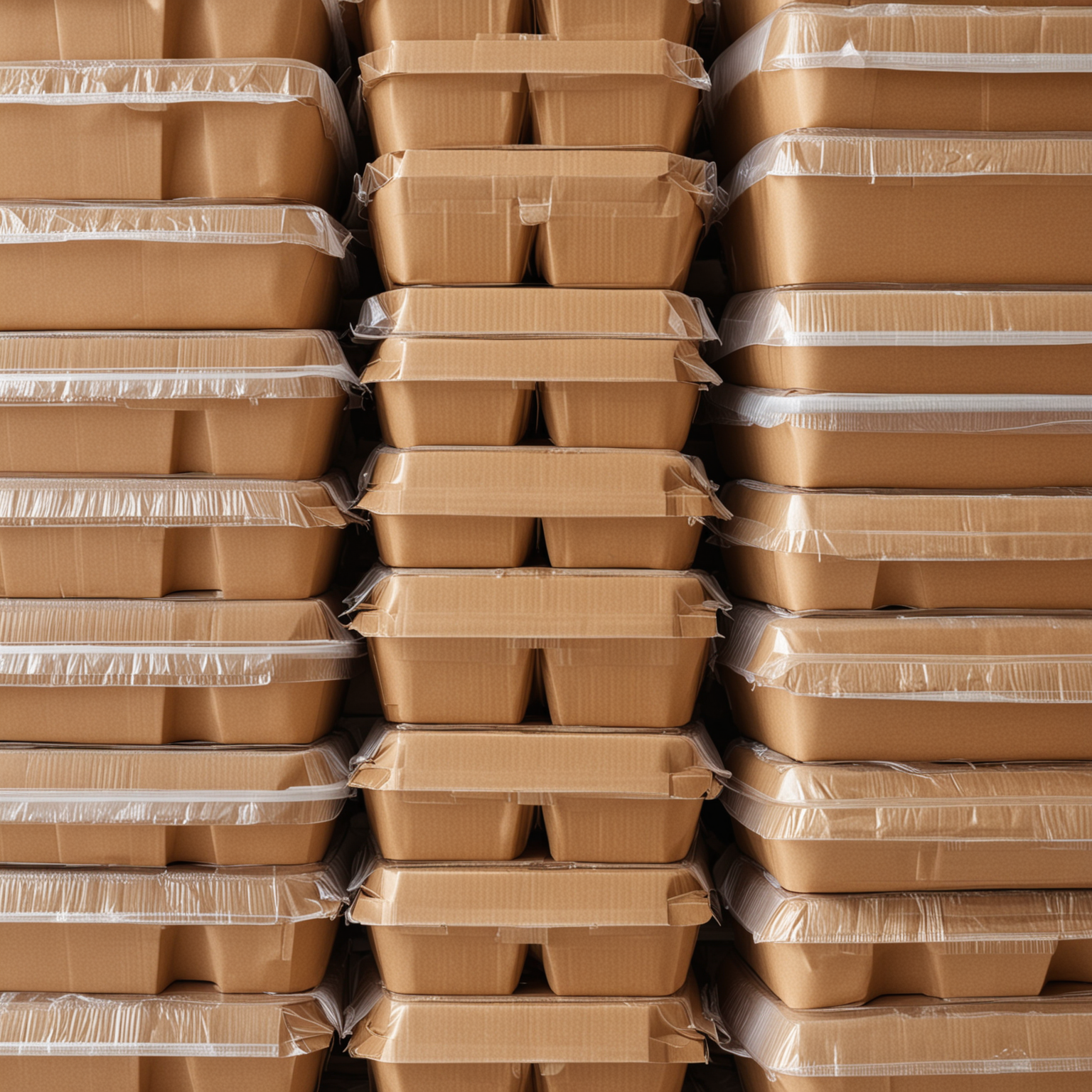In today’s world, where consumer safety and environmental consciousness are at the forefront of discussions, the term “PFAS” has gained significant attention. But what exactly is PFAS, and why has it been banned from use in food packaging materials?
Per- and polyfluoroalkyl substances (PFAS) are a large group of man-made chemicals with approximately 12,000 different compounds falling under this umbrella. They are known for their strong carbon-fluorine bonds, which give them their durability and resistance to breakdown. They are valued for their ability to repel water, oil, grease, and stains, making them desirable for products like non-stick cookware, water-resistant textiles, firefighting foams, and yes, food packaging materials. Most of the PFAS substances won’t break down in the environment for tens of thousands of years; this persistence in the environment has earned them the nickname “forever chemicals.
The Problem with PFAS?

While PFAS have useful properties, they also pose significant health and environmental risks. Scientific studies have linked exposure to certain PFAS to harmful health effects in humans and animals, including developmental delays, reproductive problems, liver damage, increased risk of certain cancers, hormone disruption, and harm the immune system. Their ability to bioaccumulate which means they are absorbed by organisms faster than they can be excreted and will build up over time means that these chemicals can concentrate in organisms over time, leading to higher exposure levels for top predators, including humans.
PFAS Impact on the planet
PFAS chemicals are a major source of environmental pollution. Locations that commonly use PFAS such as PFAS chemical producing factories, military base, airfields, and fire-fighting training grounds contaminate the surrounding soil, air, and water. Other sources include landfills, paper mills, wastewater treatment works, land spread with sewage sludge, runoff from urban areas, industries that involve textile waterproofing, metal finishing and plating, carpet and furniture production, paint, refrigerators and cleaning products.
PFAS “behave like surfactants, like soaps”, says Prof Crispin Halsall, an environmental chemist at Lancaster University. “They sit at the interfaces between water and particles, water and biota, they can transfer to the atmosphere and they’re so abundant they cycle around the wider environment, and that’s the problem we’ve got.”
- In England many rivers fail to meet standards for chemical health due to the presence of PFAS, thus effecting the wildlife living in them.
- PFAS have been found in killer whales near Norway and in bottlenose dolphins stranded along the northern Adriatic coast.
The Ban on PFAS in Food Packaging
Due to the growing concerns over the health risks associated with PFAS, regulatory actions have been taken to limit their use, especially in food packaging. The U.S. Food and Drug Administration (FDA) announced that as of February 28, 2024, grease-proofing materials containing PFAS are no longer being sold for use in food packaging in the U.S. This decision was made following research that indicated these substances can migrate from the packaging into the food, leading to human exposure and additional testing that showed these chemicals were more toxic than previously understood and a voluntary commitment by manufacturers to phase out their use in food contact substances.
The ban targets the primary source of dietary exposure to PFAS from food packaging, such as fast-food wrappers, microwave popcorn bags, take-out containers, and pet food bags. The FDA’s move underscores the importance of protecting consumers from potentially harmful food-contact chemicals and reflects a broader trend of increasing scrutiny over the safety of chemicals used in consumer products.
Similarly, the European Union has also implemented regulations limiting the use of PFAS in food contact materials. In 2020, the European Chemicals Agency (ECHA) recommended restrictions on the manufacture, placing on the market, and use of PFAS in firefighting foams and a wide range of consumer products, including food packaging.
Conclusion
The ban on PFAS in food packaging is a significant step towards reducing public exposure to these harmful chemicals. It represents a shift towards safer alternatives and a commitment to food safety and public health. As consumers, it’s essential to stay informed about the materials that come into contact with our food and to support initiatives that promote a healthier, more sustainable future.
For more information on PFAS and their impact on food packaging, you can refer to the detailed explanations provided by the EPA and other resources.

